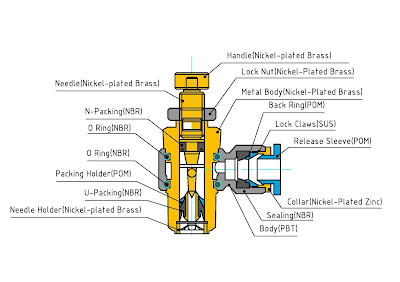A Coverall Guide to Choose a Right Solenoid Valve
When you talk about the biggest sector in the world in terms of dollar value, the oil and gas industry is a global powerhouse employing over hundreds of thousands of workers worldwide as well as generating huge amount in billions of dollars globally each year.
The oil and gas companies are so vital they often contribute a significant amount towards national GDP and this great success cannot be achieved without exploration, extraction, refining, transporting, and marketing of end products which is vital to many industries, and is of high significance to critically take certain measures to preserving this process of great value starting from timely maintenance schedule, dual routine checks and streamed down replacement of some essential devices like the Solenoid Valves.
But what exactly is a Solenoid Valve?
Solenoid valves are devices electromechanically operated with the use of a solenoid to change the state of a valve from open to close to control the flow liquid or gas.
A solenoid valve consists of two main parts: the Solenoid and the Valve.
The Solenoid is a cylindrical coil of wire, which acts as an electromagnet when an electric current passes through while the Valve acts as a control device, which controls or directs the flow of fluid by closing, opening or partially obstructing various pathways.
Valve Body: This main part of the solenoid valve, includes ports, seats, and orifice that permit movement of fluids when the solenoid is energized or de-energized.
Solenoid Tube Assembly: Cylinder, in stainless steel, sealed and closed at one end. This is a guide channel of the movable plunger which is moved magnetically. The valve has the solenoid coil fitted on the external side of the enclosing tube.
Moveable Plunger: An electromagnetically inductive coil, made of a movable stainless steel, it is attracted by the solenoid magnetic field and slides inside the tube.
Plunger Spring: This is a return spring that holds the movable plunger in position when energized and to return it to its position when de-energized.
Seat Seal: It is used to close a valve main orifice and it is located on the movable plunger.
Electromagnet (Solenoid coil): The electromagnet consisting of copper windings (solenoid) along with, a magnetic yoke (armature), when energized, generates a magnetic flux which attracts the movable plunger.
For more information, please read original contents



Comments
Post a Comment